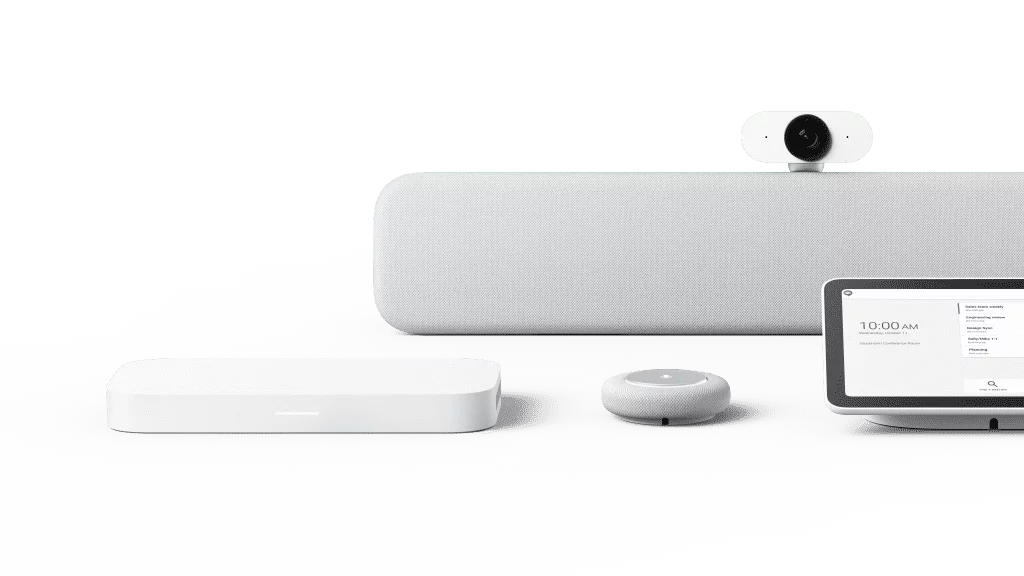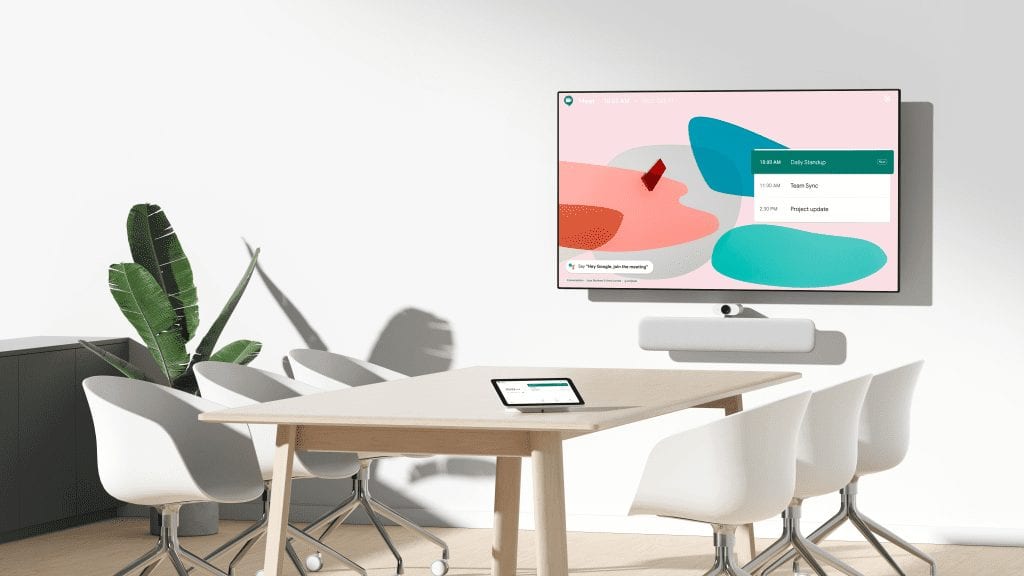In September 2020, Lenovo and Google announced the Google Meet Series One room kits that include hardware components to equip small, medium or large meeting rooms that deliver rich and immersive meeting experiences that are the next best thing to being face to face.
In today’s world of more flexible remote working policies and many businesses considering the future function of office spaces, what place is there for dedicated meeting room solutions? We discuss the challenges and opportunities of hybrid working models with Joseph Mingori, general manager, Lenovo Smart Collaboration Business.

Can you give us some background of the impact on collaboration in recent months?
Joseph: It’s clear that workplaces are evolving rapidly. The pandemic has highlighted certain trends that were already evolving, but we have now seen a rapid acceleration of those trends. We have seen two primary influences recently. First, remote working has highlighted a far greater need for video collaboration. This has become a primary method of engagement as people need to manage flexible work schedules while maximizing interaction with colleagues and customers. Second, those who are returning to offices still need to participate in meetings with many remote colleagues and are finding that the video collaboration solutions within their workspaces are just not up to scratch, and understandably IT support is often not onsite to resolve problems.
What are users expecting from collaboration solutions?
Joseph: Users want effortless meetings that offer a natural interaction with the various components so they can concentrate on the meeting and the objectives, not on system deficiencies. Audio is often the biggest obstacle, especially in larger meeting rooms where participants can be located further from the microphones. Every voice should be heard clearly, that is rule number one for effective meetings. Remote users have the same expectations and should ensure that their PC microphones are up to the task.
What made you decide to collaborate closely with Google on the Series One solutions?
Joseph: Lenovo and Google share a common vision and goal. To deliver smarter collaboration technology for all. OK, that sounds a bit cliché, but it’s true. Together, we want to help modernize collaboration solutions focused on improving employee experience and engagement. We wanted to develop an aesthetic solution that would offer immersive meeting experiences with an intuitive interface for effortless collaboration. It had to offer premium audio, high quality video capability and the scalability and simple manageability of Chrome OS. When Google demonstrated this fresh innovative solution and when I saw their TrueVoice technology, I was convinced that we had to do something together. I really encourage you to read more about TrueVoice and other AI-based technology in the Series One kits.
This is a very smart system, but what does Lenovo bring to the equation?
Joseph: The great thing about the Google Meet Series One kits is that they really are easy to deploy and manage, however not all businesses have the resources or knowledge to implement meeting room technology. We bring extensive hardware manufacturing experience and a very broad customer base who offer valuable insights so we can continue to improve our solutions. We also have a lot of experience in software development within collaboration compute devices, and global capabilities with smart collaboration managed services and premier support warranty.

How do you see the future of office spaces and meeting rooms?
Joseph: We are seeing companies accelerate their digital transformation strategies to adapt to a highly distributed workforce. They seek better communications tools to empower their most valuable assets: people. While there is still much to learn about the optimal working solution, one thing is clear, one-size does not fit all. Therefore, we talk about hybrid working models that illustrate a combination of flexible remote, office and in-between scenarios, such as dedicated business centers supporting a variety of work-from-anywhere employees.
Regardless of the scenario however, I paraphrase TJ Varghese, Group Product Manager, Google Meet hardware: “We’re entering a new era where video collaboration in the workplace is the primary way in which we work and stay connected together.” Meeting room solutions will require a combination of smart individual elements working in synergy to transform new video collaboration experiences. I’m very excited about our collaboration with Google and we can certainly help many customers achieve their digital transformation goals.
Where does a collaboration solution such as Google Meet Series One fit into vertical industry applications?
Joseph: A great question. We share an optimism and vision with Google for the future of workplace-based meeting room solutions. Beyond traditional corporate offices, there are many advantages to simpler collaboration solutions within specific environments. Take education for example. Institutions can easily deploy Series One kits into classrooms to enable local and remote learning, giving students immersive experiences with their classmates and familiarity with Google Meet that can be used on smartphones, tablets or laptops. In healthcare, the voice activation capability provides a safer collaboration environment to help healthcare workers communicate remotely with patients and colleagues while reducing the risk of healthcare-associated infections.
The scalability that Series One kits offer also suits small and medium businesses who can expand as their needs increase and have the flexibility to scope their meeting room solutions from small huddle rooms to larger conference spaces. Above all, as I mentioned before, it is the versatility, ease of use and effortless customer experience that means users will start to enjoy productive and efficient meetings.
Google Meet Series One Room Kits from Lenovo will be available from November 2020 starting at $2699. Find out more details HERE.
